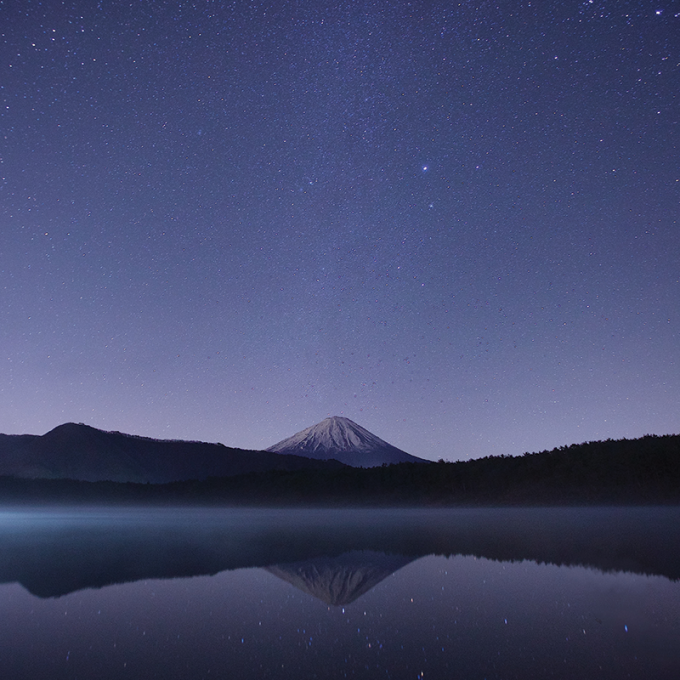Randy Korotev uses the chemical composition of lunar material as a tool to understand lunar geology.
Korotev is mainly interested in the impact history of the Moon, how the Moon’s surface has been affected by meteorite impacts, and the nature of the early lunar crust. With his colleagues, Dr. Korotev measures and models the compositions of samples from the Apollo and Luna missions and from lunar meteorites. He also uses mineralogical and compositional data obtained by the Clementine (1994) and Lunar Prospector (1998-1999) missions. He has developed techniques for precisely determining the chemical composition of large batches of lunar samples using instrumental neutron activation analysis.
The lunar surface is covered by a blanket of rock debris produced by more than 4 billion years of impacts. All of the samples collected on the Moon came from that regolith, which consists of material ranging in size from fine powder to house-sized blocks. Measurements made by orbiting instruments such as those aboard Clementine and Prospector mainly obtained data from and about the regolith. Lunar “soils” (regolith fines) consist of material that has been mixed and transported by many impacts, both large and small, local and distant. Mixing is not complete, however, and compositional differences occur among the landing sites and among soil samples taken at different depths and from different locations at a given landing site because of variable proportions of component rocks. These variations largely reflect the local bedrock geology, but also the nature and efficiency of the impact-mixing process.
The study of soils complements the study of rocks because the soils give a more representative estimate of the distribution of different rock types at a site than does the study of any reasonable number of large rocks. The compositions of soils can be modeled as mixtures of rock types observed to occur in the soil. However, many of these rocks types are themselves polymict breccias and glasses composed of more primitive rock types that have been melted, shocked, and relithified by numerous impacts; unbrecciated fragments of the original lunar crust are rare. Thus, in principal, it is also possible to account for the composition of a soil or breccia as mixture of igneous rocks of the earliest lunar crust even though those rocks are no longer easily identifiable components of the polymict samples. By combining data for samples with compositional data obtained by remote sensing of the lunar surface, the composition and mineralogy of the lunar crust can be inferred, and this imposes constraints on models for lunar crust formation and redistribution of material by large impacts. Dr. Korotev and his colleagues are also using the data from the Clementine and Lunar Prospector missions to put data obtained lunar samples into a regional and global context.
Lunar meteorites are being found in remarkable numbers. They originate from 40 or more unknown locations on the Moon. Many are breccias composed of regolith. Several are unlike any rocks collected on the Apollo missions. Dr. Korotev and his colleagues study the geochemistry and petrology of lunar meteorites as a means of understanding the geological complexity of the Moon.
Meteorite questions? Please see answers here.

